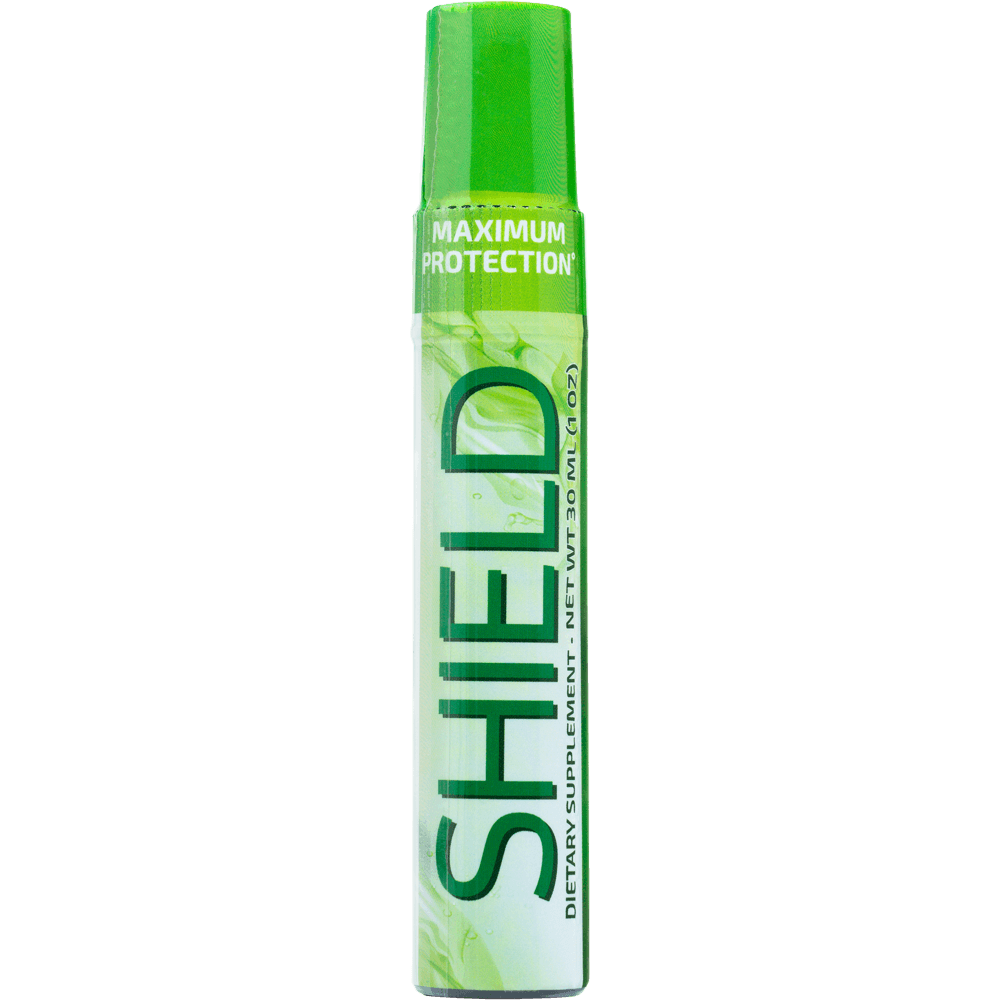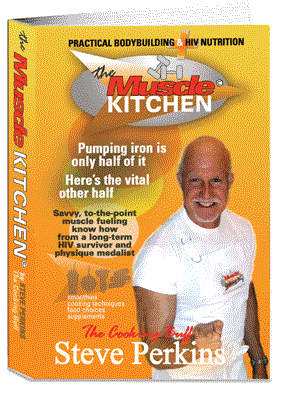Whoosh! You know how intense vacuum-sealed coffee smells when you first open the can? What makes it so aromatic is the fresh, concentrated and captured Volatile Oils in the beans. Some has been lost already in the fast mass-grinding they've done at the roastery. That's why coffee aficionados grind it in the store or at home so all the freshness possible is retained.
WHOOSH! You know the heady aroma emitted when you cut into a fresh orange? Or opening a can of coffee. That's volatile oils in action.
Volatile oils in foods are more than just appetizing, they represent the plant source's volatile oil content. Volatile oils are the delicate compounds within a plant—fruit, bean or vegetable—that give it its distinctive smell and taste. They are volatile in that they are easily destroyed by exposure to the air or to heat - fragile is an optional substitute adjective. They are desirable because they are crucial to the freshness—and healthiness—of food. (A substitute term for 'volatile' regarding oils in foods could be 'fragile', suspectible to dilusion by exposure to air and/or water).
Processing also kills volatile oils, especially produce —through heat, through long exposure to air, and through the addition of chemicals and preservatives that artificially extend the life of the food (but not of the oils). Processed foods do not contain volatile oils. They will smell less appetizing than the fresh version, and not taste as good either. By contrast, the very presence of intense smell and taste in fresh foods signals the hidden virtues of the oils, which are often argued to have anti-bacterial properties and to contribute to cellular repair.
Clearly, we want to hang on to as many of these molecules as possible, all the way from harvest to plate/ from store to gut. But how to go about this without eating a raw diet? Here are a few tips for preparation, cooking, and storage:
Use only fruits and vegetables while they're still fresh with no processing. Buy and use fresh raw certified organic produce and products whenever possible; they're well worth the expense and are environmentally responsible.
Always clean fruits and vegetable with a produce wash, then rinse well. After that, keep the slicing and dicing to a minimum. Food cut into small pieces means more surface is exposed to the air and more nutrients are lost. Bigger pieces cook slower, but more of the essence and flavors are retained.
The best and easiest cooking method is steaming, in a stainless steel basket over water with the pan covered. This method is quick, and fewer nutrients are emitted via steam or dispensed in cooking water.
If you can't steam, try to go with low and slow cooking. Lower heat and longer cooking time retains nutrients and flavor across the board. Learn how to use the lower power settings on your microwave; what's another two minutes, really? After steaming, the best cooking methods for vegetables in order of preference are: baking, then broiling, grilling, and low-power microwaving and using boil-in or bake-in-bags. (see Cook It Right).
You could probably guess that deep frying is a bad idea—but you might not expect that one of the worst ways to cook vegetables is to boil them in water. This completely leeches the oils out of the produce, leaving it totally depleted. You toss your volatile oils and massive amounts of nutrients down the sink, instead of down your throat.
Of course, sometimes you can't get around cooking produce in water. In that case, use a trick to get the volatile oils back into your diet. Freeze the boiling water. Put the water used to boil fruit (for a sauce or pie) in an ice cube tray. The flavorful and nutritious 'runoff' makes for smart ice cubes for drinks. Stored veggie cooking water (or veggie water ice cubes) make great soup stock for your next slow cooker extravaganza.
Looking for essential oils in your natural/health store? Ask for TINCTURES, not the aromatherapy vials.
My medicine chest probably looks very different from yours.
MY MEDICINE CABINET: Mostly essential oils, everything's natural, organic - nothing pharmaceutical or chemical - except a bottle of Advil for guest emergencies.
About once every four months I feel a headache coming on. And they're doozies, so I don't mess around with 'em. Obviously one or most likely several factors I've slipped up on combine to cause the oncoming head throb. One or two doses kicks it down. There are more natural ways to fix an oncoming headache, but they do take more time. I usually manage muscle aches and pains with natural lotions and supplements.
My medicine chest has natural hair foam (when I want to spike up the top for formal or kinky occasions). There's two travel sized body wash and lotion bottles, both natural organic, green. And a whole row of oils which come in very handy on a semi-regular basis.
They're Essential Oils… you've read about them, perhaps tried one or two. Maybe you did feel a difference after a day or two. Did you stay with it and did the symptoms return when you quit? Were they other factors involved while you were using essential oils? Did you and your doctor see results in your recent lab work reports?
I use essential oils daily and know rather clearly how each one works for me and what to expect.
But how do you start self treating with essential oils? Study. Study. Research and ask questions. They can be used properly or abused. Some are very powerful, so dosages are quite important; some need a 'carrier' to be effective. …. such as coconut or olive oilP
I recall my first encounter. It was a nasty tooth ache, back when I was eating poorly. Somewhere I read about clove oil easing the pain. Sure enough, it worked dabbing it on with a Q-tip. There will be a display of little brown and/or green bottles with an eyedropper in them a natural food and health stores. Some have two different oils sections - one most likely in the cosmetics aisle - called aromatic oils - those are used for customized perfumes, respiratory atomizers, massage therapists, air fresheners, healing by diffusing the oil in steam or special low flame heaters, clay diffusors, etc. The other section is medicinal (essential) oils and tinctures which can be ingested or applied topically.
The toothache healed very nicely thank you - with several days of applying the clove oil on a Q-tip several times a day. If the strength is too potent, then mixing it with a bit of olive oil or coconut oil are preferred companions.
They said I had to have a molar tooth extracted. It wasn't painful or problematic to me but the staff at the VA hospital dental clinic concurred that it was causing pressure against neighboring teeth and causing them to misalign. The gums thereby were not happy campers either. Extracting it would solve the issue the most efficient way. The aftercare included some pain killer pills which I took initially but hated not feeling sharp, then some aspirin type stuff as things healed… but again I didn't like the exposure to the bleeding-causing element of all aspirin and tylenol and acetaminophen, etc. So I opted for the clove oil. MUCH more benign effects on the body, no 'side effects' and much safer to use and costs maybe $12 a vial which lasts for months and months.
And I now do OIL PULLING every morning, first thing. Swirl a teaspoon of organic extra virgin coconut oil in your mouth for several minutes, then swallow. Amazing how it helps clear out the fuzz.thing's
But I digress.
Currently there's about 18 essential oil vials in my medicine chest and on my kitchen counter. The bathroom guys go on the skin mostly, a couple for the mouth; the kitchen guys are more for my smoothies - a quick way to get them into me every day. A couple go back and forth, like Oil of Oregano.
When I open the medicine chest door, it smells inviting, good for me and comforting that I'm not buying into the prescription-by-physician-only mindset. There I go being proactive in my healthcare again ;-)
BATHROOM
Jojoba oil
Hemp seed oil
Colloidal Silver
Vitamin E oil
Tiger Balm Liniment
travel sized skin cleaner, body lotion
Advil
Oil of Clove
Lavender,…… combination
New Skin (liquid bandage)
Arnica oil
Olbas oil
Kanka
Clarifying blend (aromatic)
Oil of oregano
'Male Balance' homeopathic
DMSO (dimethylsulfoxide)
Mercola moisturizing gel
60 Second pain relief
Tea Tree with arnica Oil
Alba body lotion
Hair styling foamAnd on my KITCHEN counter I keep these handy:
coconut oil (organic extra virgin)
elderberry syrup
grapefruit seed oil extract
oregano spirits
oil of fenugreek
oil of turmeric/curcumin
olive oil (organic, extra virgin)Then there's hemp oil which deserves delving into in depth. Stay tuned.
_______________________
AUTHOR NOTE: Steve Perkins, CHNP (Certified Natural and Holistic Health Practitioner) is the author of "The Muscle Kitchen: Practical Bodybuilding and HIV Nutrition." He presents unique seminars entitled "User-Friendly HIV+ Nutrition" and "Nutrition for Bodybuilding" and "Cook as if Your Life Depends on It, Because it Does." Perkins also developed "Ready-Aim-Fuel," a series of food targets (available at www.amazon.com and www.TheMuscleKitchen.com ); video series "Eat Like You Mean It.".
EXPANDED DETAILS IN THE PRINTED VERSION
OF THE MUSCLE KITCHEN.
Copyright © 2005-2015 The Muscle Kitchen. All Rights Reserved.
DISCLAIMER | PRIVACY NOTICE | SHOP | SITE MAP | CONTACT





